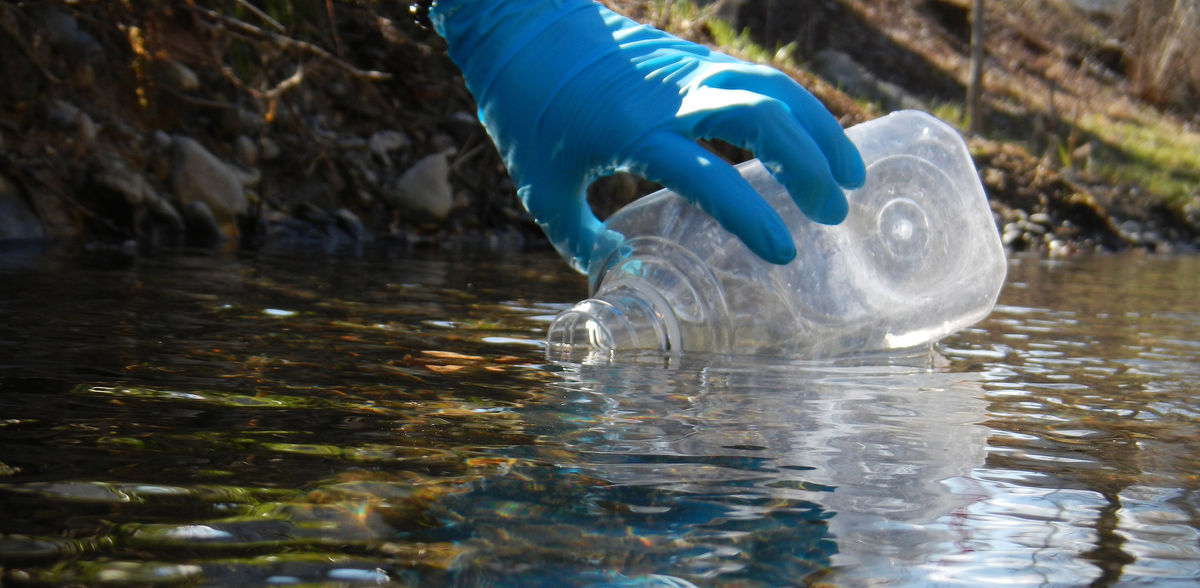Fishing for DNA to measure biodiversity
Identifying the fish species present in a river based on traces of their DNA: this method has been successfully tested at about 90 sites in Switzerland
Advertisement
As they swim around, fish leave DNA fragments behind them, e.g. via their skin or their excrements. Once collected and analysed, these indicators allow scientists to determine all the species present in the environment. What's more, the method is precise, simpler and less harmful to the fish than the electrofishing generally used for this purpose. That is the conclusion of a large-scale study funded jointly by the Swiss National Science Foundation (SNSF) and the Federal Office for the Environment (FOEN). The study’s findings have recently been published in the Canadian Journal of Fisheries and Aquatic Sciences.
“Scientific detectives” of rivers
The study has been led by Florian Altermatt, Professor of Aquatic Ecology at the University of Zurich and head of a laboratory at Eawag. He explains: “in the past, inventorying biodiversity in rivers has often only been done sporadically about every five years, which isn't enough to properly track biodiversity.” Moreover, the inventories have been based solely on morphological identification of the specimens, generally obtained by electrofishing. That method – which is authorised in Switzerland for scientific purposes only – involves bringing fish to the surface by attracting them and stunning them with an electric current.
Scientists are now looking for novel methods for measuring aquatic biodiversity that would be easier to use as well as more ethical, and Altermatt’s group are focusing their efforts on environmental DNA.
“Environmental DNA” refers to the DNA fragments that organisms leave behind them. Once captured and analysed using genetic tools, these make it possible to identify the species to which they belong. “These fragments betray the presence of certain species in a particular area – or close to it, e.g. upstream of the site examined. It’s a bit like the DNA that can be found at the scene of a crime,” the professor explains.
Around 90 sites studied in Switzerland
The technique has been employed in Switzerland at the scale of all rivers, thus giving a very large-scale perspective. Florian Altermatt and his team have examined 89 rivers across Switzerland.
At each of these sites, the scientists collected two litres of river water and extracted the environmental DNA from it. By comparing the DNA extracted with a large volume of data on fish DNA sequences – an almost exhaustive store of DNA profiles – they were able to identify the species to which the sequences found in the water belonged. To assess the method’s accuracy, they then compared the list of species identified with the complete list of species likely to be found at the site based on historical data collected over 30 years. At two thirds of the sites, the method was also compared with the electrofishing technique.
The conclusion: environmental DNA is a reliable method for estimating biodiversity in rivers. The results concurred with the historical data, and the method made it possible to detect a greater diversity of species than a single electrofishing event. “With environmental DNA, we could also identify species living upstream of the sampling site or species that are difficult to catch by electrofishing,” says the researcher.
Original publication
J. Brantschen and F. Altermatt: Contrasting strengths of eDNA and electrofishing compared to historic records for assessing fish community diversity and composition. Canadian Journal of Fisheries and Aquatic Sciences (2023)



























































